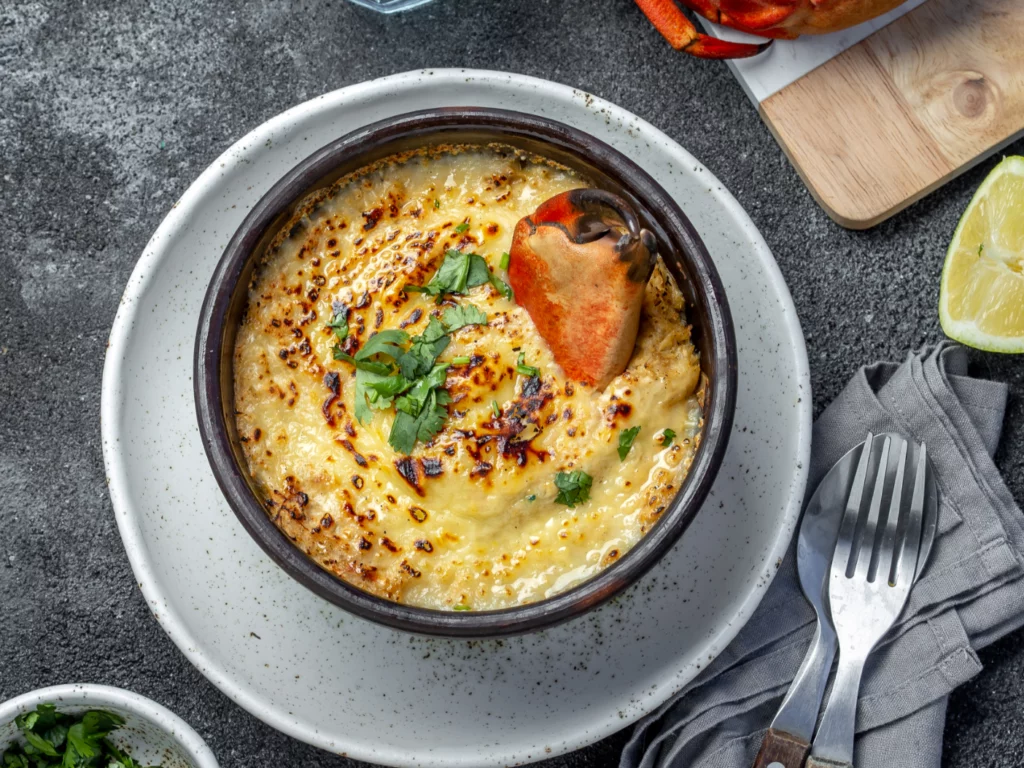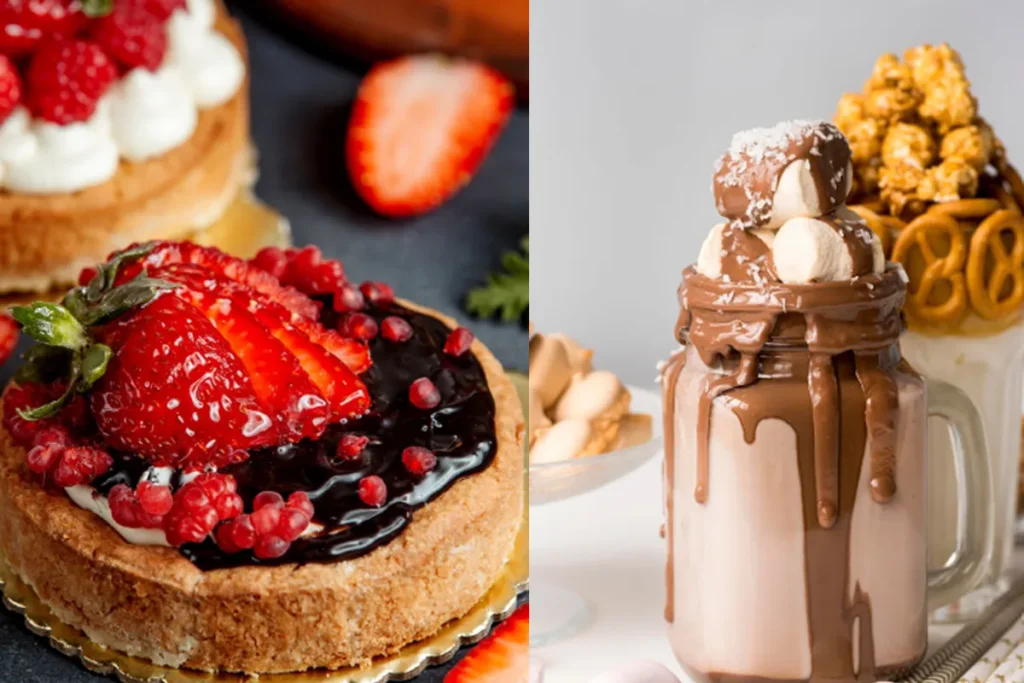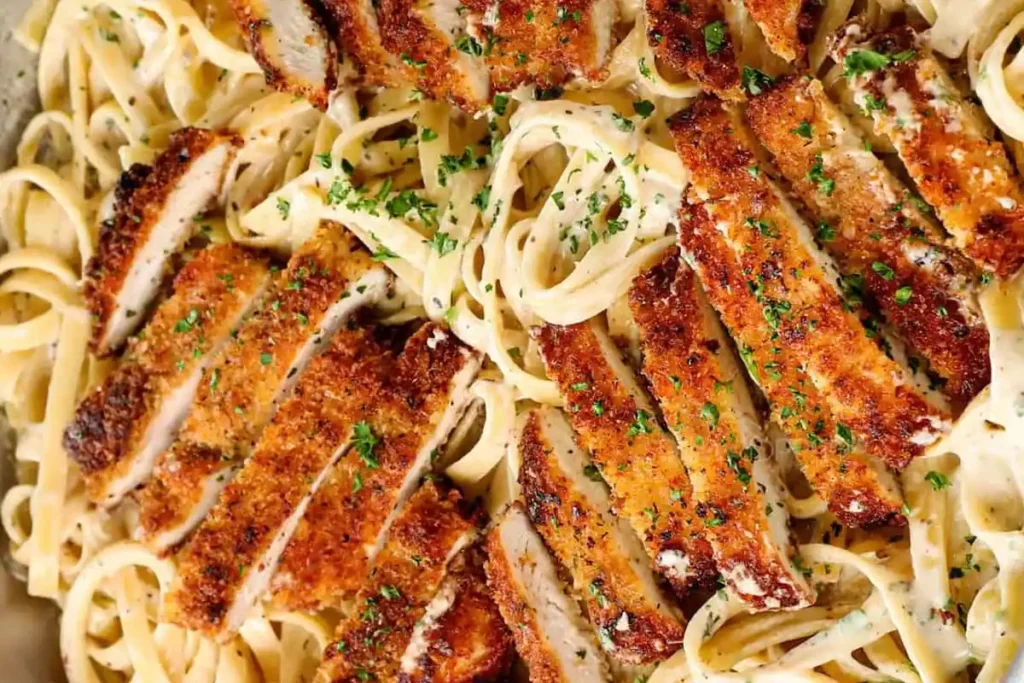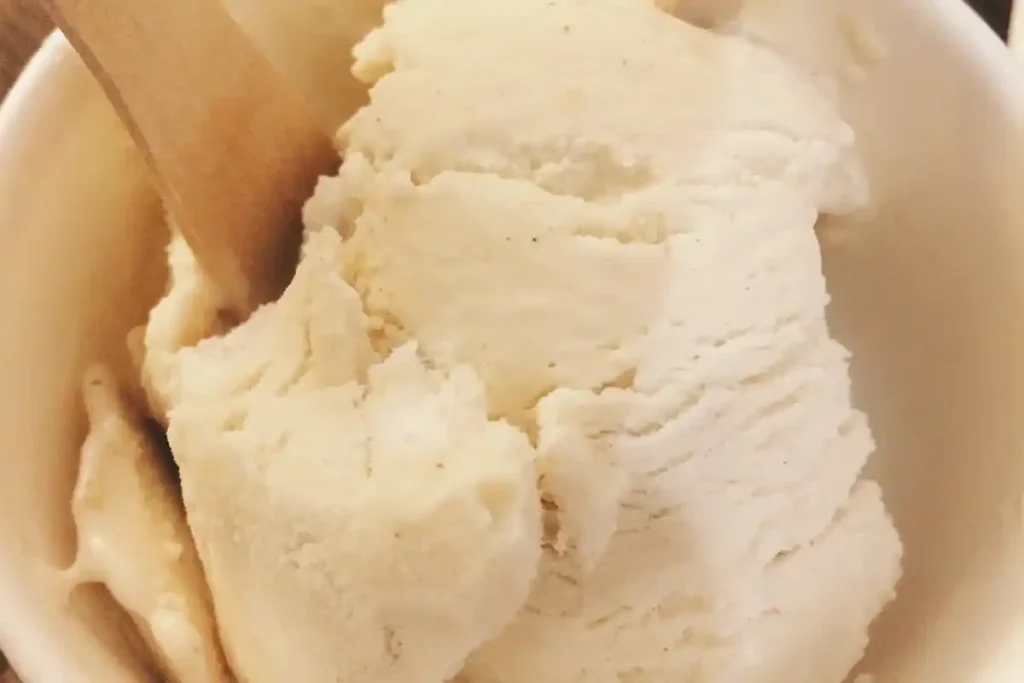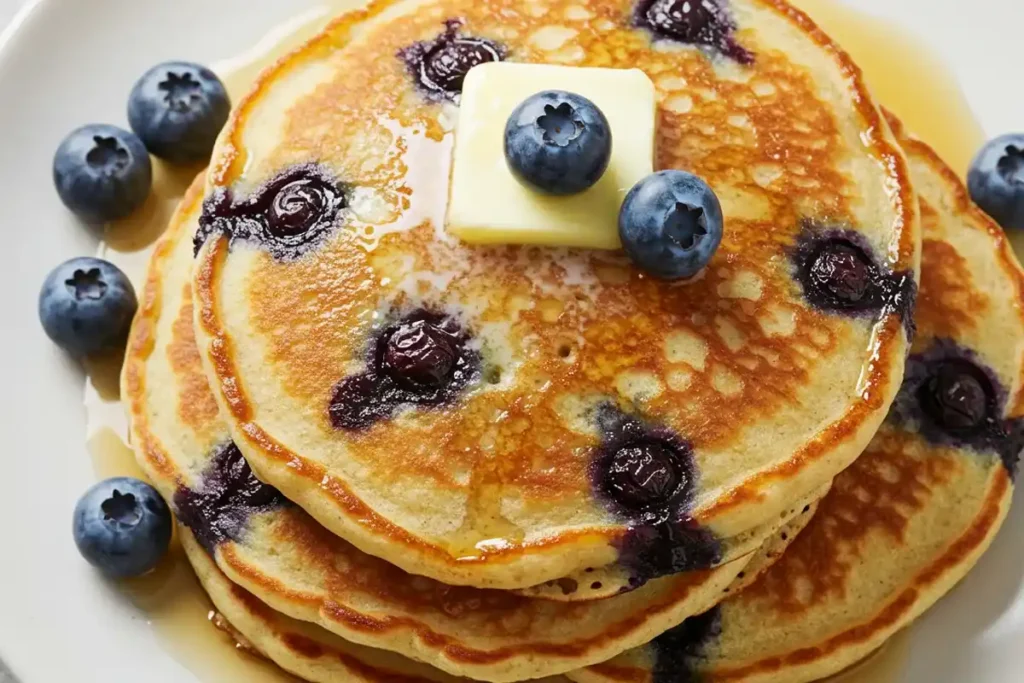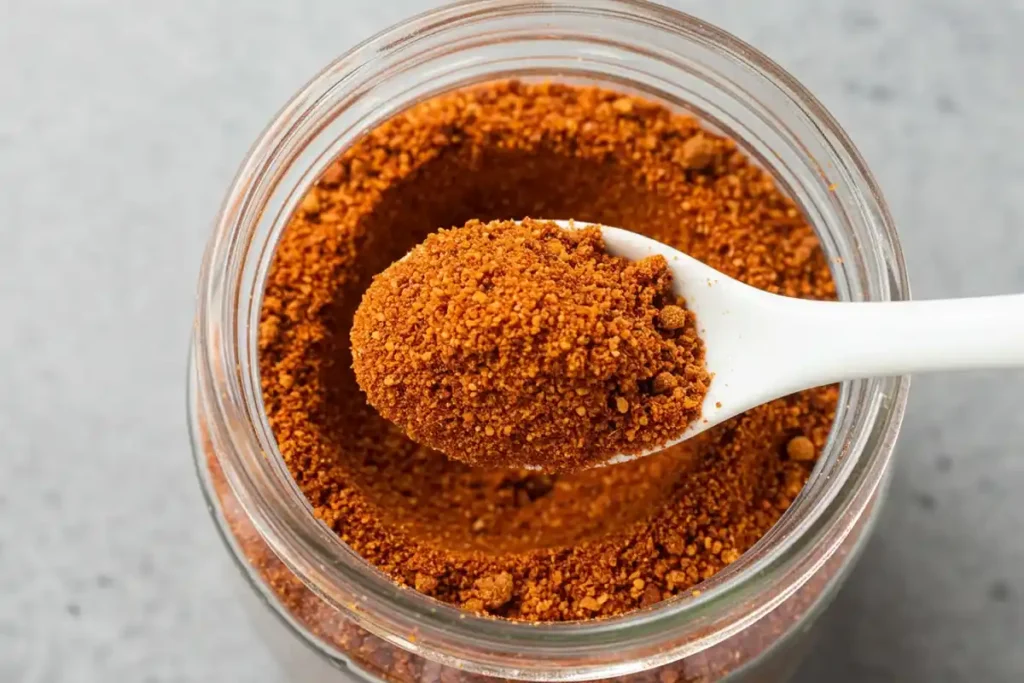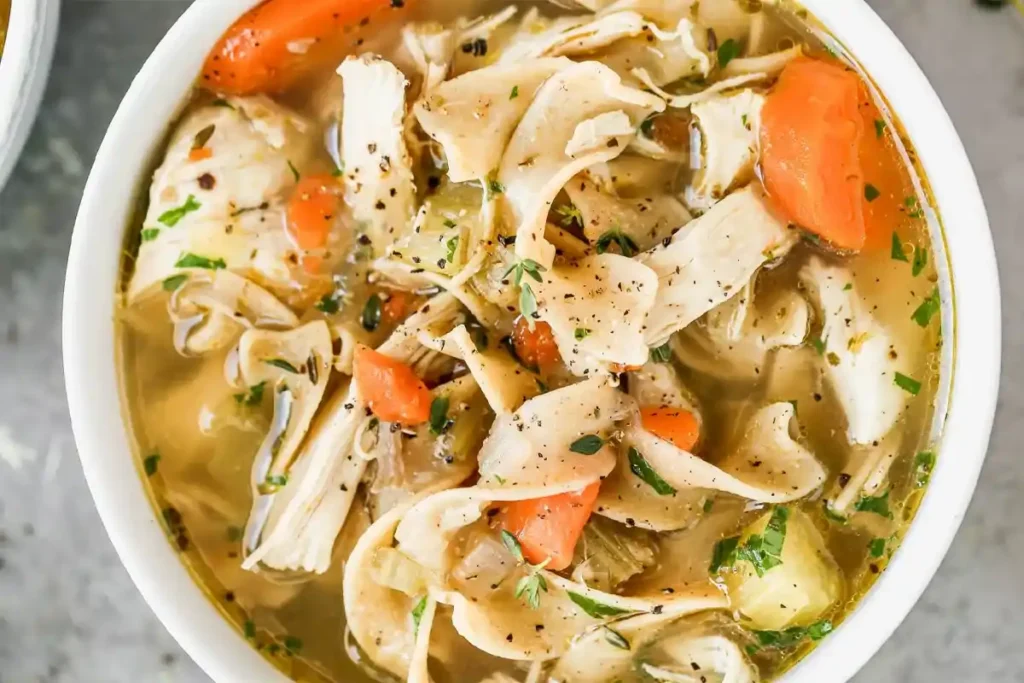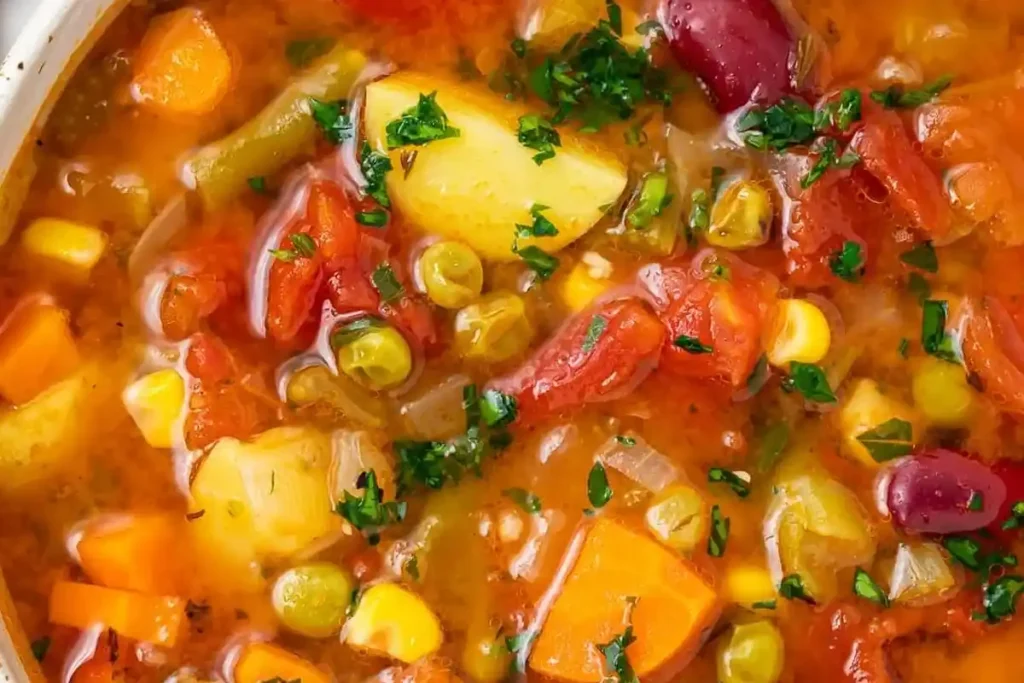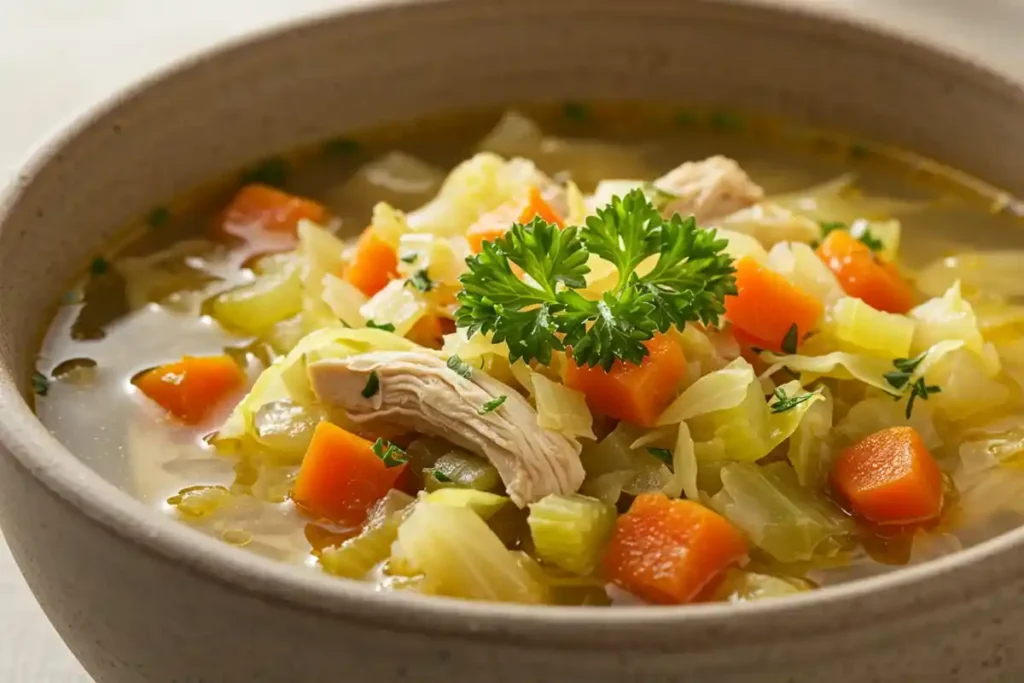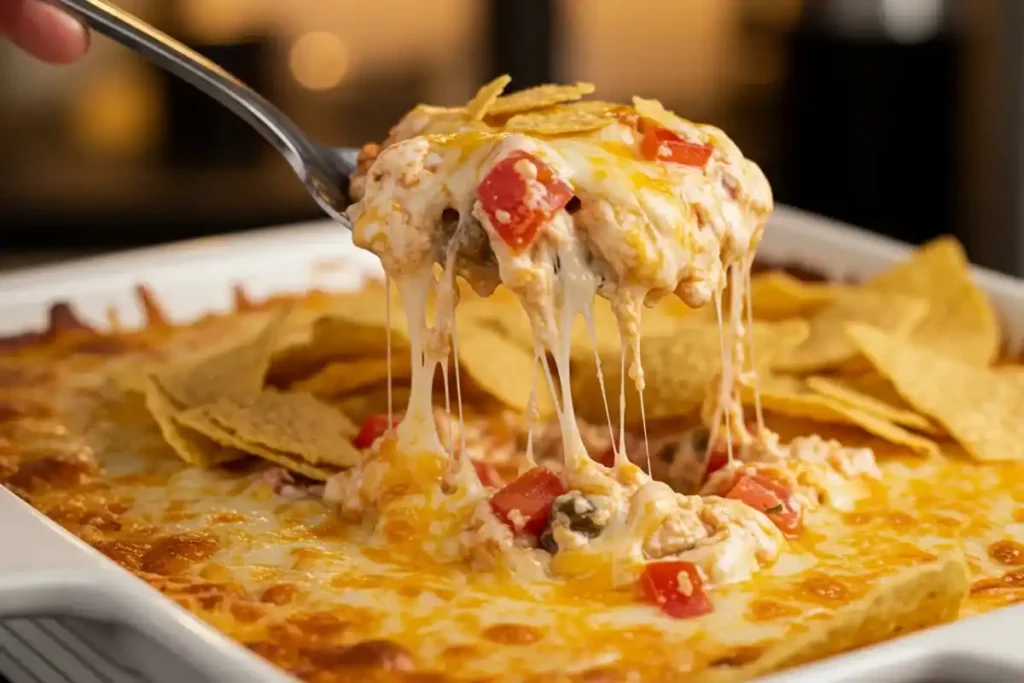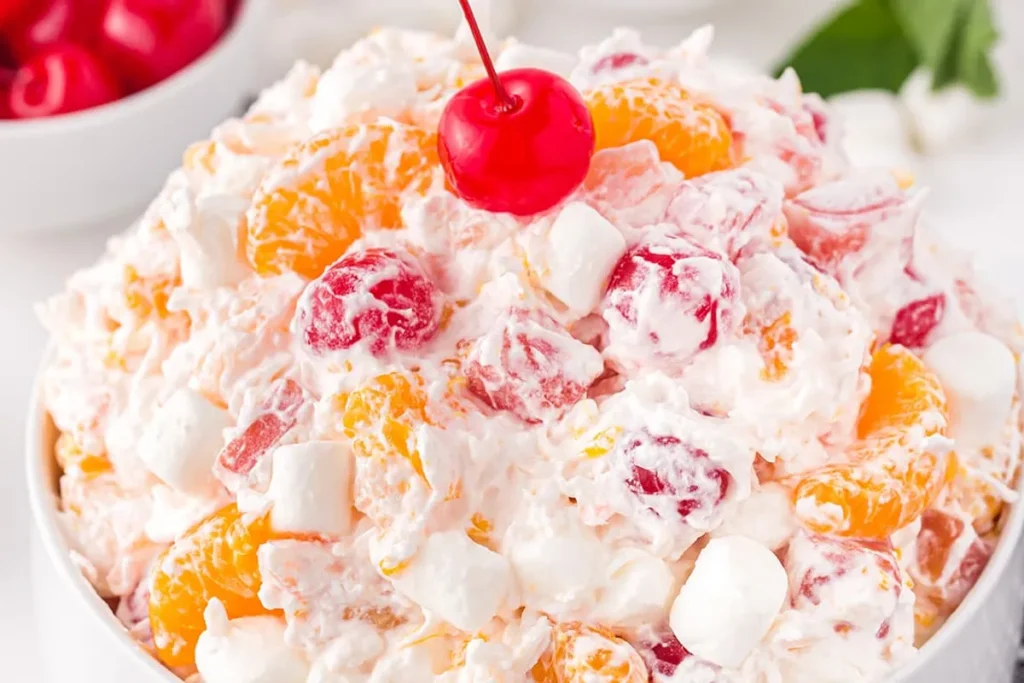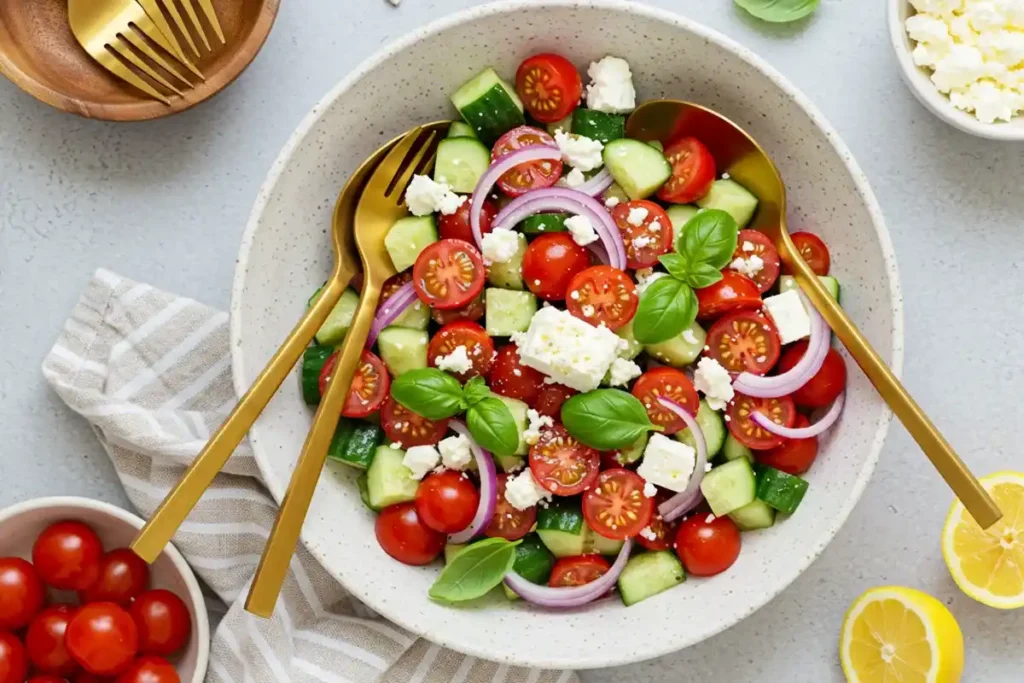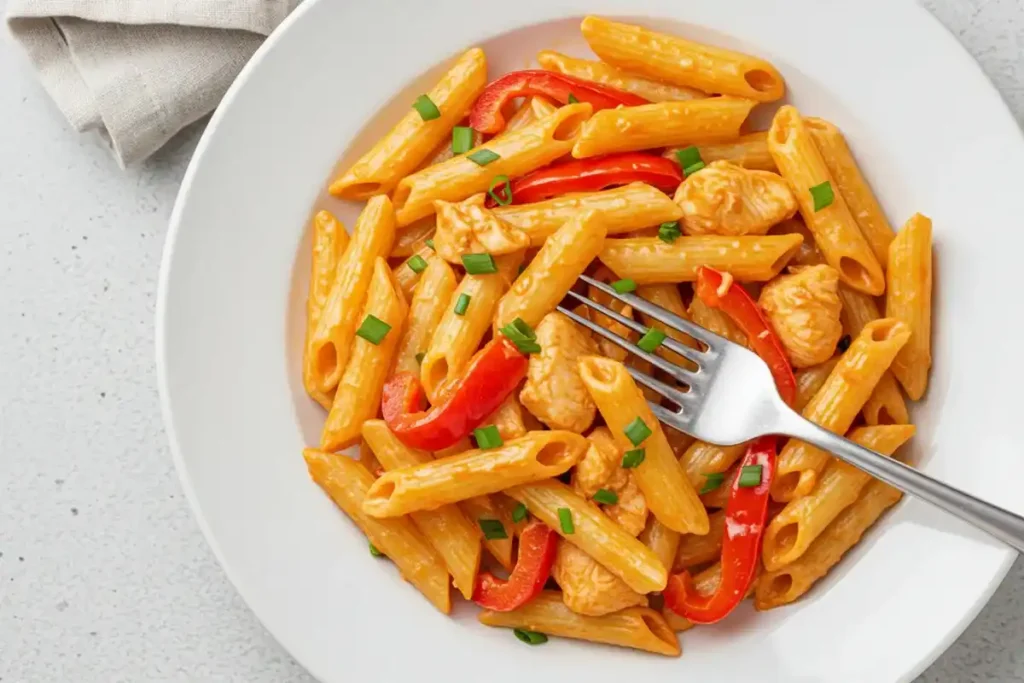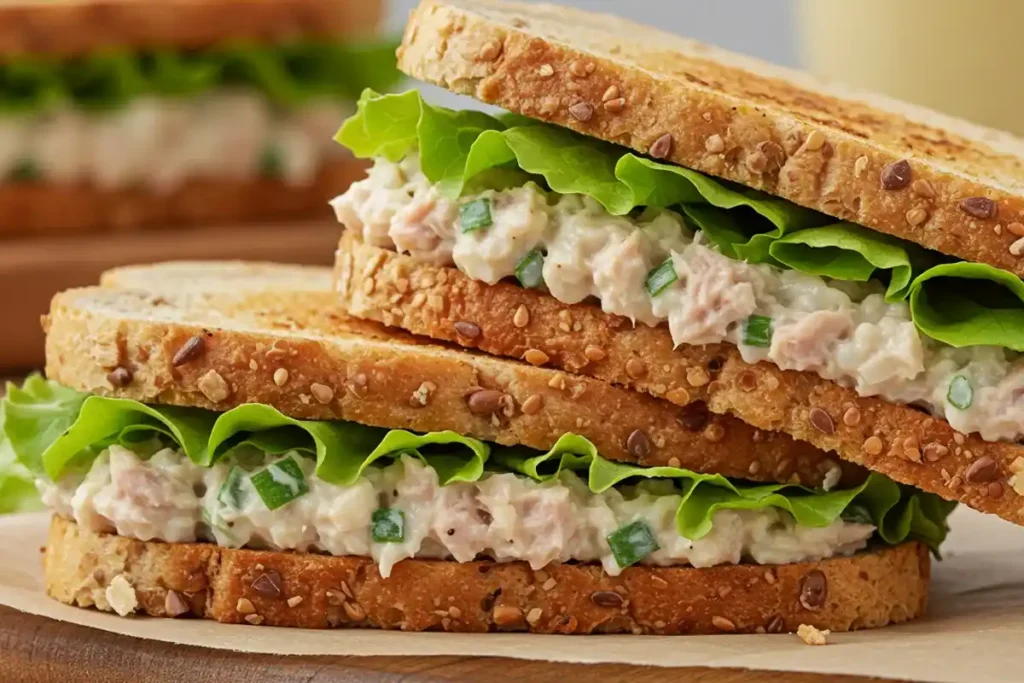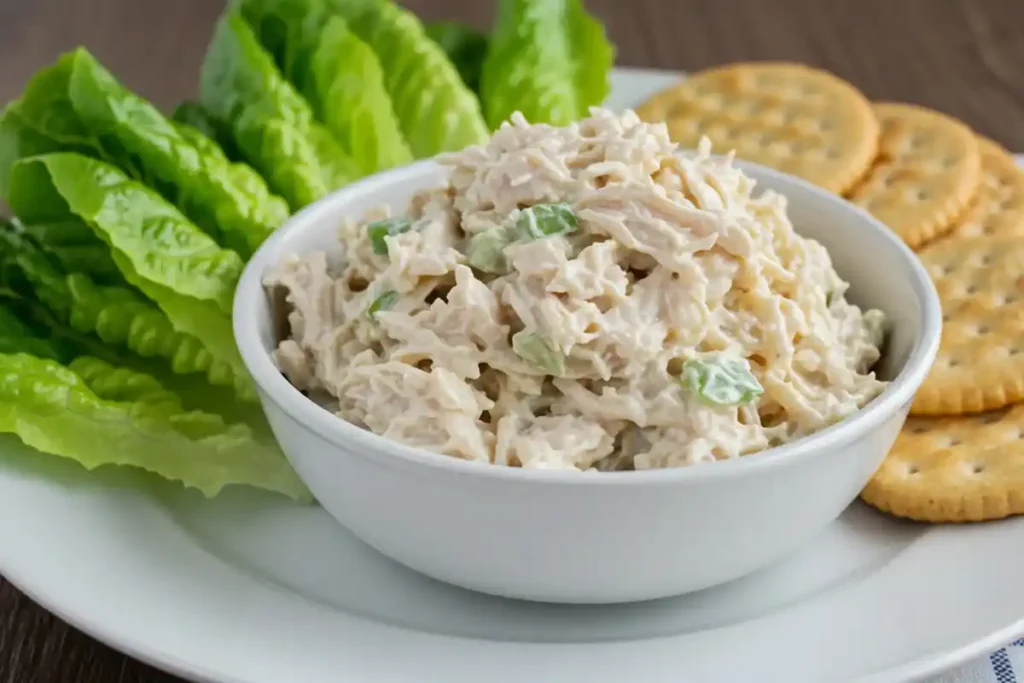Have you ever imagined a dish that combines the rich, savory essence of crab with the creamy elegance of a classic dessert? Enter Crab Brûlée—a unique culinary creation that’s sure to tantalize your taste buds. This delightful dish marries the tender sweetness of fresh crab meat with a velvety custard base, topped with a caramelized sugar crust. Whether you’re hosting a dinner party or just exploring gourmet recipes, this exquisite treat promises to elevate your culinary repertoire. Let’s dive into the story, preparation, and allure of the Crab Brûlée Recipe.
Part 1: Introduction to Crab Brûlée
H1: Discovering the Exquisite Crab Brûlée Recipe
Crab Brûlée isn’t your everyday dish. It’s a harmonious blend of rich textures and bold flavors that creates a savory masterpiece. Perfect as an appetizer or a show-stopping main course, this dish delivers sophistication and flavor in equal measure. The creamy custard provides a luxurious base for the delicate, ocean-fresh notes of crab meat, while the caramelized topping adds a satisfying crunch.
This recipe is ideal for food enthusiasts looking to explore the boundaries of gourmet cuisine. Whether you’re a seasoned chef or a passionate home cook, learning to craft this unique dish will undoubtedly impress your guests.
H2: The Origins of Crab Brûlée
The Crab Brûlée Recipe takes inspiration from the classic French dessert crème brûlée, renowned for its creamy custard and glass-like sugar topping. However, this savory spin is believed to have originated in coastal regions, where seafood reigns supreme. Combining the sweet notes of fresh lump crab meat with the rich, buttery custard base, it’s a celebration of both tradition and creativity.
Coastal chefs reimagined the dish by integrating seafood, a staple in their culinary heritage. This innovative approach transformed a beloved dessert into a gourmet savory delight. Over time, it has gained popularity among adventurous eaters seeking something extraordinary yet approachable.
H2: Why the Crab Brûlée Recipe is a Must-Try for Food Enthusiasts
If you’re tired of the usual seafood dishes or are looking to impress guests with something extraordinary, Crab Brûlée is the perfect choice. It’s not only visually stunning but also packed with a depth of flavor that rivals the most complex gourmet dishes.
Here’s why you should add this to your repertoire:
- Flavor Fusion: The marriage of creamy custard and tender crab creates a unique balance of savory and sweet.
- Versatility: Serve it as an appetizer or a centerpiece—it shines in both roles.
- Elegance: Its presentation, complete with a caramelized sugar crust, makes it a feast for the eyes and the palate.
- Impressive Yet Accessible: With the right guidance, anyone can master this dish, turning a simple meal into an unforgettable experience.
Explore this recipe, and you’ll quickly see why foodies around the world rave about Crab Brûlée. Whether it’s for a special occasion or a weekend experiment, it’s a dish that embodies creativity and culinary art. Ready to start your journey? Let’s break down the magic of Crab Brûlée.
Part 2: Understanding the Ingredients for a Crab Brûlée Recipe
H2: Essential Ingredients for a Perfect Crab Brûlée Recipe
Creating the ideal Crab Brûlée starts with choosing the right ingredients. Each component plays a vital role in crafting the dish’s creamy texture and savory flavor. From the rich custard base to the fresh crab meat, every element adds a unique layer to this gourmet recipe.
A successful Crab Brûlée Recipe depends on the freshness of its seafood and the quality of its staples like cream, eggs, and seasonings. By paying close attention to your ingredients, you’ll achieve the luxurious, silky texture and mouthwatering flavor that define this dish. Let’s break down the essentials.
H3: Selecting Fresh Crab Meat
The star of this dish is undoubtedly the crab meat. Opting for fresh, high-quality crab makes all the difference in achieving a flavorful Crab Brûlée. Lump crab meat is ideal due to its tender texture and slightly sweet taste, which pairs beautifully with the creamy custard.
When selecting crab, follow these tips:
- Freshness is Key: Look for crab meat that’s moist, white, and free from any fishy odors. Fresh crab ensures the dish’s flavor remains clean and delicate.
- Avoid Overly Processed Crab: While canned crab meat is convenient, it often lacks the depth of flavor needed for this dish. Choose freshly steamed or refrigerated crab meat when possible.
- Prepping the Crab: Before incorporating it into the recipe, check for any shell fragments and gently shred larger chunks for even distribution.
For an extra layer of sophistication, consider purchasing your crab from a trusted local seafood supplier. Understanding the importance of fresh seafood in culinary creations enhances not only your dish but also your cooking skills. (Learn more about fresh seafood here).
H3: The Role of Cream and Eggs in Crab Brûlée
At the heart of the Crab Brûlée Recipe lies the custard, made from cream and eggs. This duo provides the rich, velvety texture that makes this dish a standout. Selecting high-quality dairy and eggs ensures a smooth consistency and balanced flavor.
- Cream: Use heavy cream for its luxurious richness. Avoid lighter substitutes like half-and-half, as they can compromise the dish’s silky texture.
- Eggs: Eggs act as the custard’s binder. Use fresh, room-temperature eggs for better incorporation. The yolks contribute to the creamy consistency, while whites provide subtle structure.
- Balancing the Ratio: Too many eggs can lead to a rubbery texture, while too little cream results in a lackluster custard. Stick to the recipe’s ratios for a harmonious blend.
The interplay of these ingredients creates a base that highlights the delicate sweetness of crab, ensuring each bite is smooth and indulgent.
H3: Seasonings and Flavor Enhancers
To elevate your Crab Brûlée from good to unforgettable, seasoning is essential. The right blend of spices and aromatics complements the crab without overpowering its natural sweetness.
- Salt and Pepper: These staples bring out the natural flavors in the crab and custard.
- Paprika or Cayenne: A dash adds subtle heat and color, creating a more dynamic flavor profile.
- Herbs: Fresh dill, parsley, or chives can provide a hint of freshness that balances the dish’s richness.
- Optional Enhancers: A touch of garlic, shallots, or lemon zest adds depth and complexity.
By thoughtfully incorporating seasonings, you can tailor the dish to your personal taste while preserving its gourmet appeal.
Part 3: Essential Tools and Preparation for the Crab Brûlée Recipe
H2: Must-Have Tools for Crafting the Crab Brûlée Recipe
Mastering the Crab Brûlée Recipe requires the right tools. While the dish itself isn’t overly complicated, having specific kitchen equipment ensures your preparation is efficient and professional. Here’s what you’ll need to get started.
H3: Importance of Ramekins in Presentation
Ramekins are the unsung heroes of this recipe. These small, oven-safe dishes not only ensure even cooking but also elevate the presentation of your Crab Brûlée.
- Size Matters: Use 4- to 6-ounce ramekins for individual servings, ensuring the custard bakes evenly.
- Material: Ceramic or porcelain ramekins retain heat well, giving the custard a silky finish.
- Presentation: These elegant dishes make your Crab Brûlée visually stunning, perfect for dinner parties or special occasions.
Ramekins are versatile, so investing in them opens doors to various culinary applications beyond this recipe.
H3: Utilizing a Kitchen Torch for Caramelization
The crowning glory of Crab Brûlée is its caramelized sugar topping. Achieving that signature crunch requires a kitchen torch—a tool that adds both flair and function to your cooking.
- Why Use a Torch? A kitchen torch delivers precise heat, ensuring the sugar caramelizes without melting the custard underneath.
- Torch Techniques: Move the flame evenly across the sugar for a golden, glass-like crust. Avoid holding the flame in one spot to prevent burning.
- Safety First: Practice caution, keeping the torch away from flammable materials, and allow it to cool completely after use.
Mastering the art of caramelization with a kitchen torch not only perfects this dish but also adds an element of theater to your cooking process. (Learn about torching techniques here).
Part 4: Step-by-Step Cooking Instructions
H2: Preparing the Perfect Mixture for Your Crab Brûlée Recipe
Crafting the perfect Crab Brûlée begins with the preparation of its creamy custard mixture. The combination of savory crab meat and velvety custard creates the signature texture and flavor of this dish.
H3: Combining Crab Meat with Custard Base
- Gather Your Ingredients: Start with fresh lump crab meat, heavy cream, egg yolks, and seasonings like salt, pepper, and a pinch of cayenne for balance.
- Prepare the Custard: In a mixing bowl, whisk together the cream and egg yolks until smooth. The goal is to create a consistent base free of lumps.
- Incorporate Crab Meat: Gently fold the crab into the custard mixture. Be careful not to overmix to preserve the delicate texture of the crab.
- Season Generously: Add your choice of herbs or spices, ensuring an even distribution without overpowering the natural sweetness of the crab.
This step ensures your base is flavorful and well-balanced, setting the stage for a creamy, delectable Crab Brûlée.
H2: Baking the Crab Brûlée to Perfection
The secret to a luscious custard lies in its gentle baking process. Precision and patience ensure your dish achieves the perfect consistency.
H3: Setting Up a Water Bath for Even Cooking
- Choose Your Baking Dish: Arrange your ramekins in a deep baking pan, leaving space between each one.
- Fill the Ramekins: Pour the crab custard mixture into the ramekins, filling them about three-quarters full.
- Prepare the Water Bath: Boil water and carefully pour it into the baking pan until it reaches halfway up the sides of the ramekins. This method ensures even heat distribution and prevents overcooking.
- Bake to Perfection: Place the pan in a preheated oven at 325°F (160°C). Bake for 30–40 minutes, or until the custard is set but still slightly jiggly in the center.
A water bath is essential for creating the smooth, creamy texture that defines a well-made Crab Brûlée.
H2: Achieving the Ideal Caramelized Sugar Topping
The caramelized sugar topping is what transforms this dish into a true brûlée. It adds a satisfying crunch and a hint of sweetness that beautifully complements the savory custard.
H3: Techniques for Using a Kitchen Torch Safely
- Prepare the Sugar Layer: Sprinkle an even layer of granulated sugar over the surface of each cooled custard.
- Use a Kitchen Torch: Light the torch and move it in small, circular motions over the sugar. Keep the flame about 2 inches away to avoid scorching.
- Achieve the Perfect Crust: Continue torching until the sugar melts and forms a golden, glassy crust. Allow it to cool slightly before serving.
- Safety First: Always work in a well-ventilated area and keep flammable items away from the flame.
Mastering this step not only perfects the texture but also gives the dish its iconic appearance.
Part 5: Serving and Pairing Ideas for the Crab Brûlée Recipe
H2: Elegant Ways to Present Your Crab Brûlée Recipe
Presentation is key when serving Crab Brûlée. This dish’s rich flavors deserve a plating style that’s equally refined.
H3: Garnishing Ideas to Enhance Visual Appeal
- Fresh Herbs: Sprinkle freshly chopped parsley or dill over the sugar crust for a pop of color and a hint of freshness.
- Citrus Zest: Add a dash of lemon or orange zest to brighten the dish and enhance its seafood essence.
- Edible Flowers: For a touch of elegance, garnish with edible flowers like pansies or nasturtiums.
These small details can turn your Crab Brûlée into a work of art that’s almost too beautiful to eat—almost!
H2: Ideal Beverage Pairings with Crab Brûlée
When selecting a beverage to accompany your Crab Brûlée, opt for non-alcoholic options that enhance the dish’s rich, savory profile.
- Sparkling Water with Citrus: A squeeze of lemon or lime complements the creaminess while refreshing the palate.
- Iced Green Tea: The subtle bitterness of green tea balances the dish’s richness without overpowering its flavors.
- Herbal Infusions: Chamomile or mint teas provide light, aromatic pairings that bring out the natural sweetness of the crab.
Pairing your Crab Brûlée thoughtfully ensures a well-rounded and satisfying dining experience.
Part 6: Variations and Dietary Options for the Crab Brûlée Recipe
H2: Creative Twists on the Classic Crab Brûlée Recipe
While the classic Crab Brûlée Recipe is a showstopper, experimenting with variations can introduce new flavors and textures. These creative twists allow you to customize the dish to suit different preferences or highlight seasonal ingredients.
H3: Incorporating Different Seafood Options
- Shrimp Brûlée: Substitute crab with finely chopped shrimp for a slightly firmer texture and a briny taste. Shrimp pairs beautifully with the custard’s creamy richness.
- Lobster Brûlée: For a more indulgent version, use succulent lobster meat. Its sweet and buttery flavor complements the custard, creating a luxurious dish.
- Scallop Brûlée: Diced scallops add a delicate flavor and a silky texture, making this variation a true delight.
- Mixed Seafood Brûlée: Combine crab, shrimp, and scallops for a medley of flavors. This option is perfect for seafood lovers seeking variety in a single dish.
Switching the primary protein in this recipe not only adds diversity but also allows you to adapt the dish to what’s fresh and available.
H3: Adjusting the Recipe for Dietary Restrictions
Whether you’re accommodating dietary needs or simply experimenting, Crab Brûlée is versatile enough to be adapted without losing its charm.
- Dairy-Free Option: Replace heavy cream with coconut cream or almond milk. While the texture may be slightly lighter, the dish retains its creamy essence.
- Egg-Free Alternative: Use a plant-based custard made with cornstarch and dairy-free milk. Though it may lack the classic richness, it’s a suitable substitute for egg-allergic diners.
- Low-Sodium Version: Opt for low-sodium crab meat and reduce added salt. Enhance the flavor with fresh herbs and citrus zest to maintain balance.
- Gluten-Free Adaptation: The original recipe is naturally gluten-free, but ensure any additional ingredients, like spices or garnishes, are certified gluten-free.
Adapting this recipe ensures it remains inclusive, offering everyone the opportunity to enjoy its delectable flavors.
Part 7: Frequently Asked Questions
H2: FAQs about Crab Brûlée Recipe
Here, we address some of the most common questions about the Crab Brûlée Recipe to help you perfect this dish and troubleshoot any challenges.
H3: What is the origin of the Crab Brûlée Recipe?
Crab Brûlée originates from the creative adaptation of the classic French dessert crème brûlée. Coastal chefs reimagined the dish by incorporating fresh seafood, making it a savory delight. This fusion showcases the versatility of traditional recipes while celebrating local ingredients like crab.
H3: Can I use canned crab meat for this recipe?
Yes, canned crab meat can be used if fresh crab is unavailable. However, choose high-quality canned crab packed in water or brine to retain its flavor. Be sure to drain and pat it dry before incorporating it into the custard. While fresh crab offers superior taste and texture, canned crab is a convenient alternative.
H3: How do I prevent the custard from curdling?
To avoid curdling, ensure the cream and egg mixture is whisked thoroughly and heated gently. When baking, use a water bath to regulate the temperature and prevent direct heat exposure. Removing the custard from the oven while it’s still slightly jiggly also helps maintain its creamy consistency.
H3: What alternatives can I use if I don’t have a kitchen torch?
If you don’t have a kitchen torch, caramelize the sugar under a broiler. Place the ramekins on the top rack and broil on high until the sugar melts and turns golden. Keep a close eye to prevent burning, as the broiler’s heat can be uneven.
H3: How should I store leftover Crab Brûlée?
Store leftover Crab Brûlée in the refrigerator, covered with plastic wrap, for up to 2 days. Avoid adding the sugar topping before storing, as it can lose its crisp texture. To reheat, warm the custard gently in a water bath or enjoy it cold for a refreshing twist.
